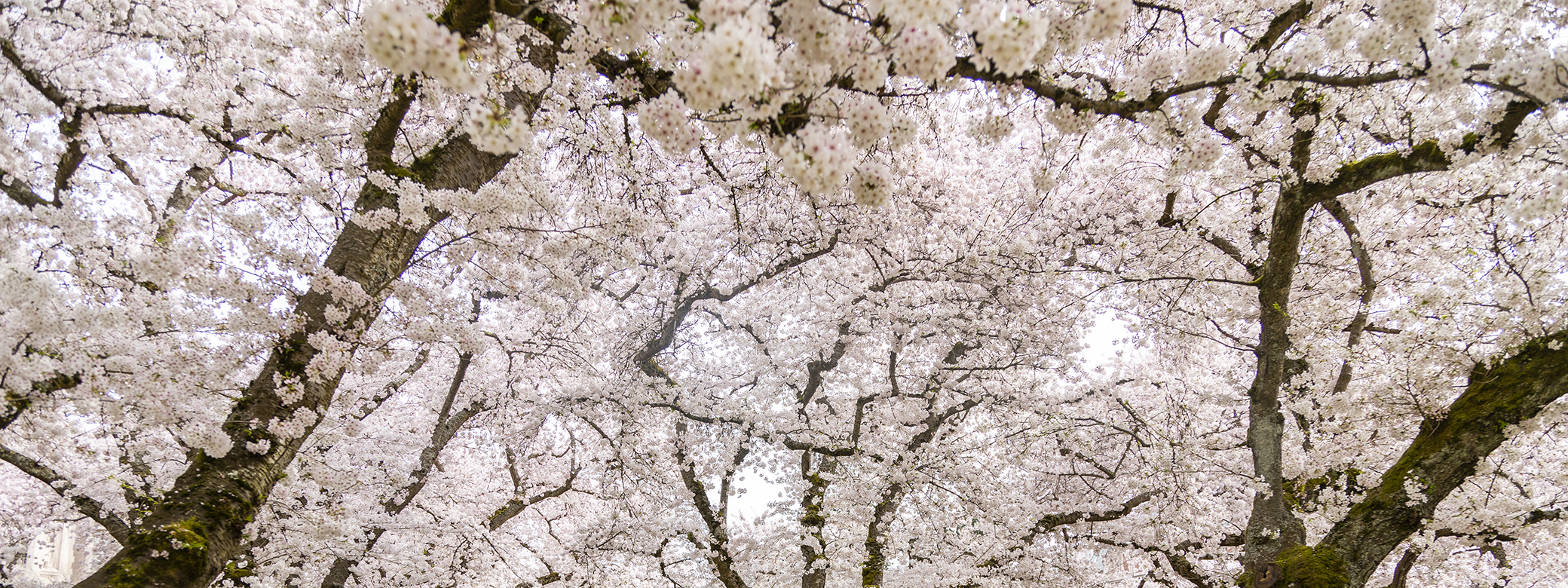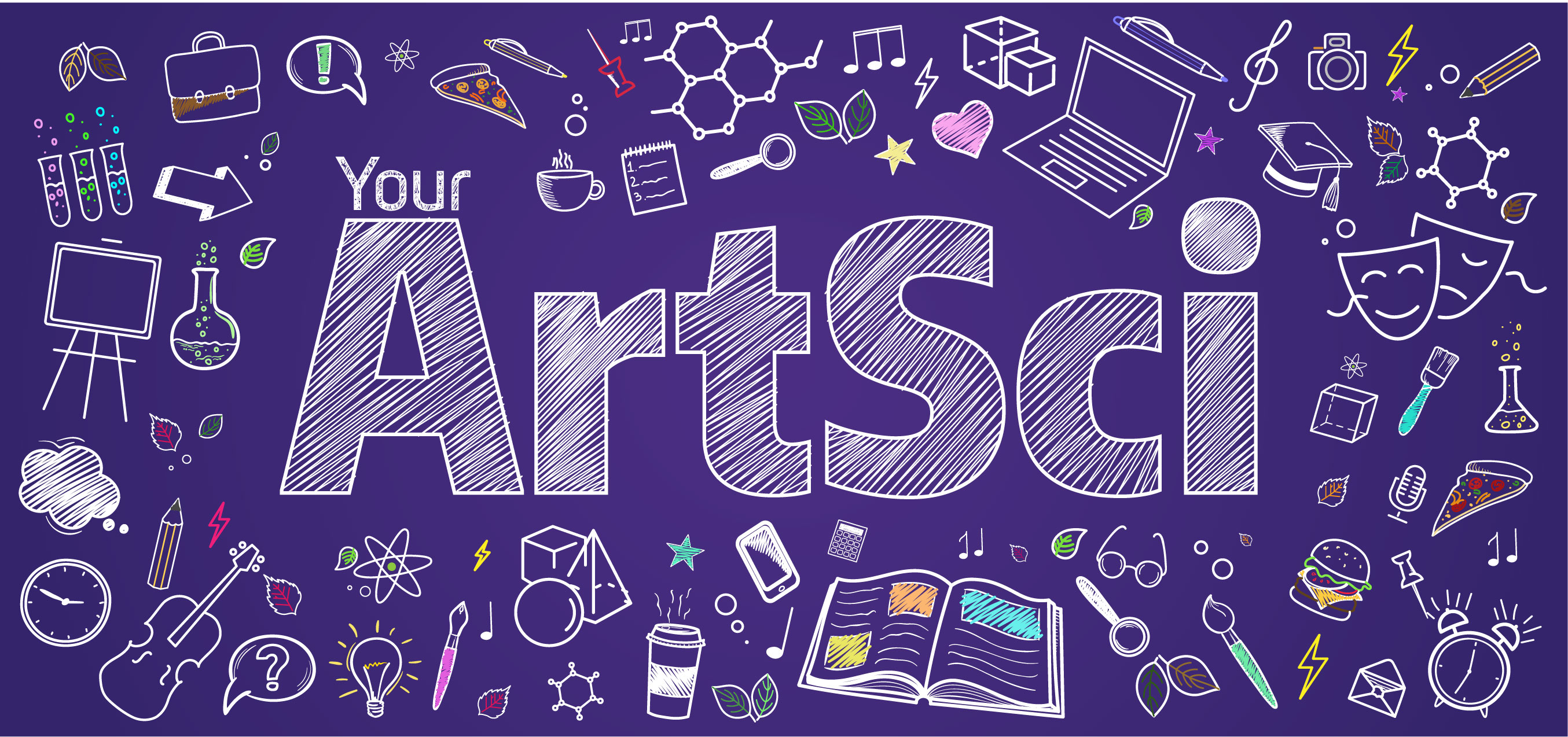
As you start thinking about spring quarter 2023 course registration, check out these unique Arts & Sciences offerings. They’re open to all students, have no prerequisites, and fulfill Areas of Knowledge requirements as noted.
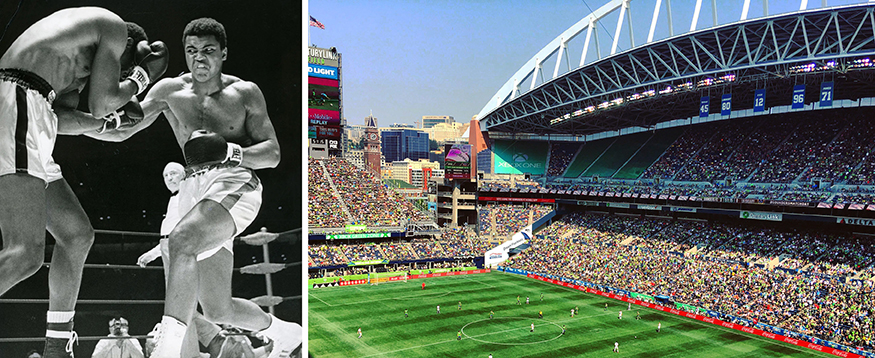
Sports
JSIS B 100B: The Ball is Global: Soccer and Global Affairs
(listed as "Issues in International Studies")
Explore the history of soccer and the World Cup and examine the connection between football and international affairs, including wars, racism, and women and LGTBQIA community rights. Students will read academic texts about soccer and consume a wide range of media — podcasts, documentaries, newspaper articles, sports magazines — about the sport, its history, and its connection to international affairs. As part of their final project, students create their own soccer podcast.
Jesús Hidalgo, International Studies
5 credits, SSc
HSTCMP 466: Sport in the Modern World
(listed as "Sport and the British Empire in Asia, Africa, and the Middle East")
Why are some sports more popular in some countries than other countries? Why is soccer the most watched sport in many countries? What sports make athletes or countries more powerful? What sports have been influential in political movements? Learn more about the history of modern sports across the world.
Christopher Tounsel, Department of History
5 credits, SSc
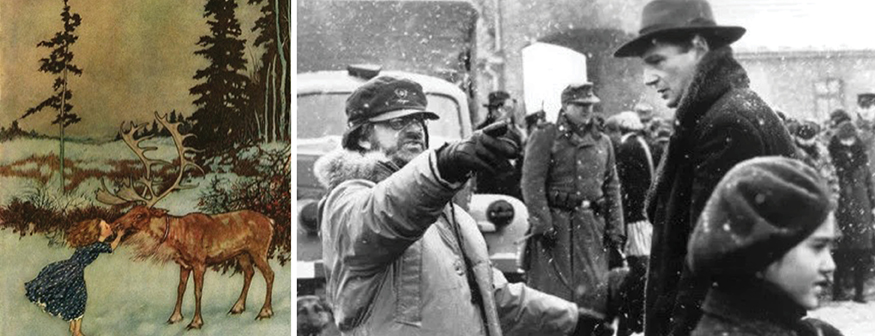
The Page, Stage & Screen
GERMAN 195/ JEW ST 175: Popular Film and The Holocaust
Through films about the Holocaust, with particular emphasis on popular films, we will ask the question, "Have we learned nothing?” Recent events around the globe have revived memories of the Holocaust and the devastating possibility that history could repeat itself. Given the thousands of films, books, songs, and other works related to the Holocaust, why has its central and most compelling message — that nothing can justify or redeem genocide — been lost?
Richard Block, German Studies, Jewish Studies
5 credits, DIV, A&H
SLAVIC 200A/GLITS 252C/C LIT 252C: Introduction to the Poetry of the World
(listed as "Introduction to Slavic Literature")
Discuss poetry from around the world and write original poems. In this course, you will discover and cultivate the artist within while exploring poetry as a vehicle for engaging in cross-cultural dialogue and investigating various social and political themes such as love, war, death, feminism, and nationhood. We will do our best to dispel the myth that poems are created in a vacuum and that poets are aloof weirdos!
Piotr Florczyk, Slavic Languages & Literatures
5 credits, A&H
DRAMA 494B: Adaptation
(listed as "Special Studies in Theatre and Drama")
A playwright rewrites a 500-year-old play to fit it to contemporary times. Another playwright does the same thing with the same play 500 years later. A successful book becomes a Broadway musical, which becomes a movie and a theme park ride. In this class we’ll look at 2500 years of creative artists adapting material for theatre and performance, and translating dramatic literature into newer media. Past case studies have included Harry Potter, Disney movies, Greek tragedies, video games, and many more!
Scott Magelssen, Drama
5 credits, A&H
SCAND 232: Hans Christian Andersen and the Fairy Tale Tradition
Why do we love fairy tales? Where do fairy tales come from? What sort of people are the creators behind fairy tales? This course looks at the influence of Hans Christian Andersen and some of the predominant concerns in his celebrated tales, as well as the significance of the fairy tale in the modern world in relation to literary and cultural history and social contexts.
Marianne Stecher-Hansen, Scandinavian Studies
5 credits, A&H
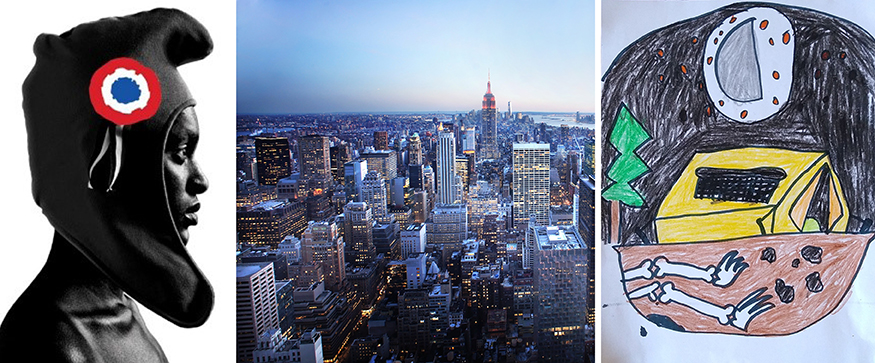
Exploring Places
POLSH 320: Community, Gender, Politics: Food in Polish Contemporary Art
(listed as "Introduction to Contemporary Polish Culture")
Why does food appear so often in Polish art? What are the cultural/symbolic meanings of food? In this class we will discuss the relationship between food and politics, using American and Eastern European artists for context, with work that is thought-provoking and sometimes controversial. We will also design a virtual exhibition connected with the course topic. Bon Appetit! Smacznego!
Agata Stronciwilk, Slavic Languages & Literatures
5 credits, A&H, SSc
FRENCH 378/HSTEU 490 A: The Making Of Contemporary France
Learn about the historical origins and subsequent development of contemporary problems and characteristics of French government and politics, economy, and society. This course is taught in English.
Hannah Frydman, French & Italian Studies
5 credits, SSc, A&H
GEOG 277: Geography of Cities
Curious about how cities operate the way they do? Explore economic, cultural, social, and political dynamics of cities, including their location, functions, and internal structure. Learn how issues of class, race, and gender are embedded in the geographies of cities through discussions of economics, housing, social geography, suburbanization and urban sprawl, inner-city gentrification, and more.
Sam Kay, Geography
5 credits, DIV, SSc
CHID 250A: Home 101: Nature, Culture, and Belonging
(listed as "Special Topics")
Why do we claim the earth as our home? How do we develop our relationships with non-human species in our surroundings? This course concerns our ethical and political relationships with the environment, animals, plants, and planet that shape the current age of the Anthropocene. Class activities involve gardening, city exploration, and a photovoice exhibition.
Dimas Iqbal Romadhon. Anthropology
5 credits, SSc
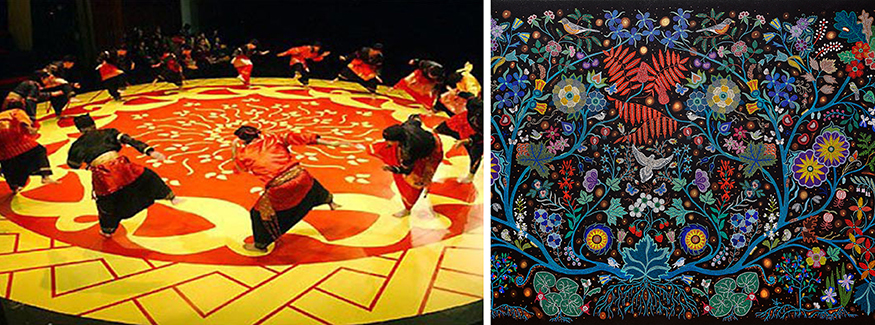
Arts & Identity
AES404: Martial Arts and Social Justice
(listed as "Advanced American Ethnic Studies in Humanities")
This seminar explores the literature, music, visual arts, and performing arts of the Black Arts movement, the sibling movement of the Black Power movement. Learn how folks who practiced unarmed self-defense and martial arts contributed to Black Power organizing and shifting ideas about liberation, abolition, and gender norms. Each week, students will rigorously engage with in-depth reading assignments and sensory activities covering themes that include anti-Black violence, gender roles, self-love, socioeconomic inequity, and Black empowerment. Get ready to be energized and empowered!
M. Aziz, American Ethnic Studies
5 credits, A&H, DIV
CHID 480B: The Art of Resistance: Southeast Asian Responses to Climate Change
(listed as "Special Topics: Advanced Study of the History of Ideas")
Examine the range of possibilities generated by performing artists in Southeast Asia in response to the increasing threats of climate change. Drawing from traditional, Islamic, and modern performance traditions, we consider how the arts function as a tool for activism and change.
Katia Chaterji, History
5 credits, SSc
AIS 170: American Indian Arts and Aesthetics
“Indian” art and aesthetic is an interpretation and expression of life by the numerous Indigenous peoples of North America and internationally. This class will provide an abundance of thought, expression, stories, dance, art and art objects, film, and music to consider. The intent is to invite you into the sounds, motions, objects, spirit, and colors that are the aesthetic universe of Native North America.
Dian Million, American Indian Studies
5 credits, A&H, DIV
GWSS 390A: Transnational Fan Studies
(listed as "Intermediate Topics in Gender, Women, and Sexuality Studies")
For students interested in fandom, this course is an opportunity to study historically situated contemporary media phenomena and the fan communities developed around them through a transnational feminist lens. Case studies include the development of boys' love through the history of shoujo manga, and BTS' international fandom in the context of the Hallyu wave.
Regina Y Lee, Gender, Women & Sexuality Studies
5 credits, SSc, DIV

Politics, Labor & Human Rights
AES 398/HONORS 232: Human Trafficking in an Era of Globalization
Examine the causes of the human trafficking industry and possible strategies to prevent and minimize the trade. The instructor is a former Washington State representative who sponsored a 2003 bill that made Washington the first state to pass laws combating human trafficking.
Velma Veloria, American Ethnic Studies
5 credits, SSc, DIV
JSIS B 100F: The Ukraine War and Europe’s Energy Crisis
(listed as "Issues in International Studies")
Russia’s invasion of Ukraine has left NATO and European Union member states in crisis over its energy supply. We will examine what the Ukraine war teaches us about dictatorships and democracy, green technology and energy grids; and why the fuel and gas crisis is one that will have a long-term impact around the globe.
Sarah Lohmann, International Studies
5 credits, SSc
HSTAA 353: Class, Labor, and American Capitalism
As unionizing workers at Starbucks and Amazon make headlines, explore the history of the U.S. labor movement and how it has responded to changes in the American economy over time. From big corporations to financial crisis, learn the history of today's economy and the role played by labor rights.
James Gregory, History
5 credits, SSc, DIV
GWSS 360/LABOR 360/CHID 360: Social Reproduction Theory and Radical Politics of Care
Social reproduction theory asks, “How does unpaid labor make the capitalist economy possible?” Drawing on radical feminist and queer thinkers, students will discuss neocolonialism, globalization, and the idea of “essential workers,” while learning about ever-growing mutual aid projects and the reconceptualizing of care work. This class will help students make sense of the COVID-19 pandemic, the origins of the idea of the "essential worker," and the work that communities are doing to protect themselves.
Jey Saung, Gender, Women, and Sexuality Studies
5 credits, SSc, DIV

The Body
GWSS 290A: Body Politics
(listed as "Special Topics in Women Studies")
How is something as intimately experienced as the body shaped by political, economic, scientific, and cultural norms? Through a diverse set of materials — cultural criticism, ethnography, memoir, art, film, and literature — students will examine the ways bodies are made through media, medicine, labor, war, law, and the environment. Course assignments and discussions will guide students to critically reflect on the bodies they inhabit as a form of ethical, imaginative reorientation toward social norms and practices that produce injury and injustice.
Jen Self, Gender, Women & Sexuality Studies
5 credits, SSc, DIV
SCAND 367: Sexuality in Scandinavia
The current public global image of the Nordic countries emphasizes their status as some of the most egalitarian and sexually open nations in the world. In this course, explore how they achieved this reputation, and what has changed — or stayed the same —since the decency debates of the 1880s. We'll look at film, art, and television while acknowledging the complexity and diversity around the landscape of reproduction, gender, and desire.
Olivia Gunn, Scandinavian Studies
5 credits, A&H, SSc
DANCE 490C: Moving Altars: I Choose to Remember Us Whole
(listed as "Special Studies in Dance")
How can active meditation on wholeness help us navigate rifts, tend suffering, and find ways to imagine and voice new possibilities? In collaboration with award-winning artist Daniel Alexander Jones, this course will focus on wholeness through community, ritual, and art making. Engaging in movement meditations and rituals, inspired by various artistic and cultural traditions will culminate with the collaborative development of a processional performance rite. This animated moving altar will be co-created by students and presented throughout different UW campus locations. No dance experience required, but humility, respect for diverse spiritual traditions, and an interest in movement rituals will be important.
Facilitated by Juliet McMains and Diana Garcia-Snyder, Dance
Visiting artist Daniel Alexander Jones, Meany Center for the Performing Arts
1 credit, A&H
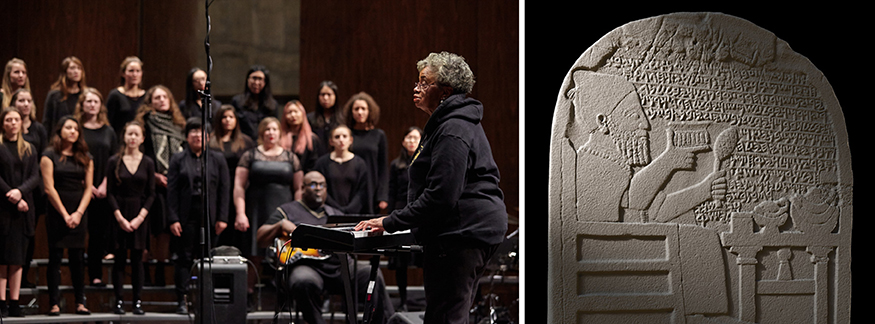
More Cool Courses
MUSEN 100B: Gospel Choir
(listed as "University Singers")
Immerse yourself in the music of the Gospel tradition in this course featuring an end-of-quarter concert at Meany Hall, led by Seattle Gospel music icon Phyllis Byrdwell. Experience the joy of singing! No prior musical experience required.
Phyllis Byrdwell, Music
1 credit, A&H
DRAMA 180: Collaboration and Inclusion: Ways of Working Together
This course is an introduction to different styles of working with people. It will aid students in shaping an effective environment for communication and collaboration for creation, problem solving, and/or discovery.
Geoff Korf, Drama
5 credits, A&H
NEAR E 309/509: Death and Afterlife in the Ancient World
How can you get a better afterlife? The peoples of the ancient Near East thought they knew! In this course, we'll talk about beliefs about death and the afterlife in ancient Egypt, Mesopotamia, Syria, and Canaan. We'll read myths about the underworld and examine real archaeological data on ancient burials.
Kathryn Medill, Middle Eastern Languages & Cultures
3 credits, A&H, SSc
More Stories

A "gesture" to jump-start careers
To prepare students for professional success, the UW College of Arts and Sciences offers “gesture,” a mock startup company where student interns gain skills that employers seek.

Demystifying Quantum
In a physics course for non-STEM majors, Professor Miguel Morales teaches quantum mechanics without the advanced mathematics most quantum courses require.
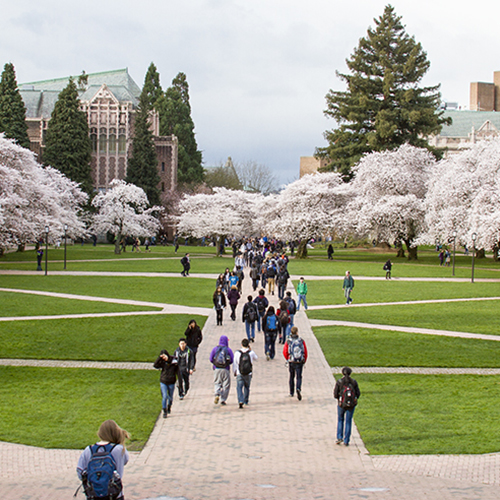
2025 Dean's Medalists, Energized & Inspiring
Meet the four new graduates honored as College of Arts & Sciences Dean's Medalists for 2025.
